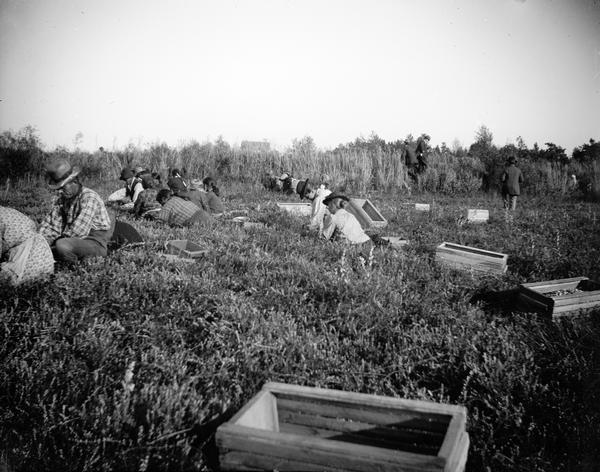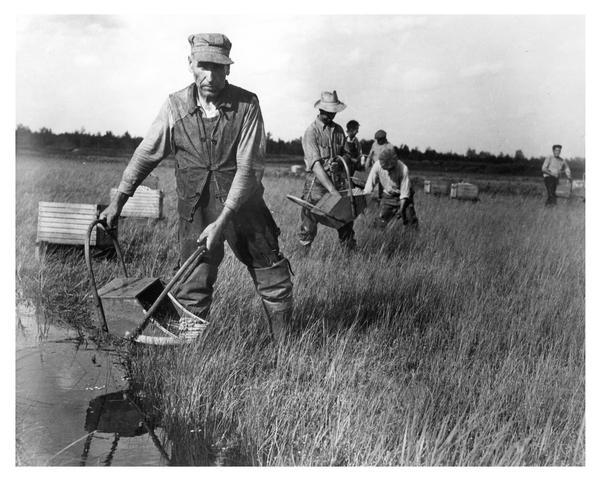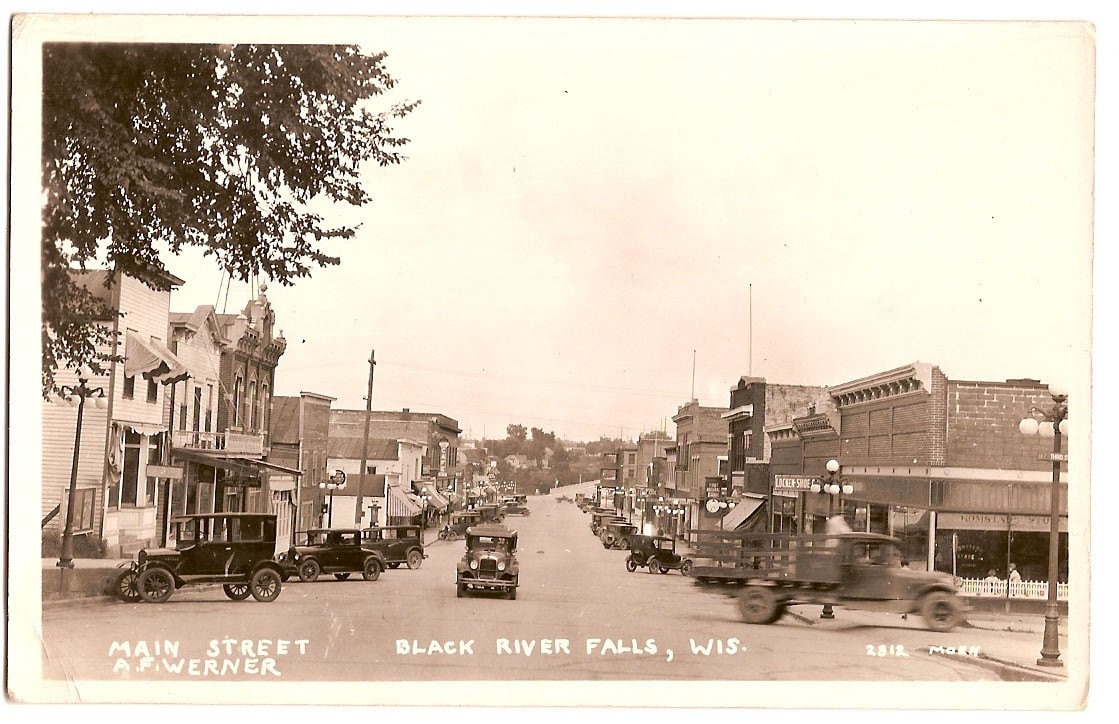Yesterday we decided to head back down Hwy 94 to interchange 55 at Camp Douglas to check out some rock formations that we see every time we drive past. I noticed on our way up that there was a little road with a pit toilet there so figured it must be open to the public. It is...after Memorial Day. Not to be deterred, we checked with the helpful guard at the Camp Douglas base gate first and then parked outside the roped off area and walked in.
Lots of graffiti in the soft sandstone all the way around the rock formations. There was a sign in the parking lot that said this area was once part of a glacial lake and Castle Rock was an island that jutted up out of it. Thousands of years of erosion have left only this adorable cluster of outcroppings. I'm sure someone's done the math and knows how many years until it's completely obliterated by time.



As you can see, Wayne attempted to climb up the one spot that doable, but the sandstone was slippery with sand and pine needles and he only got to a certain point before coming back down. I did not attempt it at all due to the fact that I've been dealing with some shoulder issues since December. Started out as a nagging occasional "pinch" after I foolishly started an unsupervised weight training attempt and then gradually worsened until I went to the Ortho at the beginning of April. They thought it might just be an impingement and inflammation issues, but the cortisone shot and physical therapy didn't help and last Friday I finally got an MRI. No kayaking for me this summer, I will be getting surgery for a labrum tear at the end of June. My first surgery ever and I'm more focused on the fact that I will essentially be one-armed for most of the summer than on the fact that they will be cutting me open. Whether that's denial or just practicality remains to be seen! In any event, I bumped my shoulder against the truck door yesterday and today I felt every bump in the road and am babying that area and avoiding anything that requires sudden movement or two arms. We'll be talking more about this as time goes on, I suppose. (sigh)
On to happier things now, though. From there we decided to detour back to Sparta after stopping in Tomah to pick up Tramadol at the pharmacy. Turns out we should have hit more than the edge of town, because it's the county seat and has a few things of interest. Besides being a biking hot-spot due to the Elroy-Sparta state trail, it has some pretty well kept up turn of the century architecture for such a small town, including a lovely courthouse.
The courthouse was built in 1896 and the outside is clad in Lake Superior Red Sandstone, which we recognized from our trip to the Bayfield area. It was restored a hundred years later and they painted the trim an interesting lavendar that was common for the original period.
More architecture in town, not to mention a few fiberglass icons including their large bicycle near the entrance to the trail. There are lots of pictures of that online, look it up if you like. Personally I was more enchanted with the roller-skating bear holding the mug of root beer.
A quick stop in the small free county museum to ask about local murals didn't net us any mural finds, but we were delighted to become acquainted with a piece of photography history that we had never heard of before. A local photographer had taken shots with a Stereo Realist Camera that takes two pictures at the same time. The pictures were developed and mounted side by side on a cardboard sleeve. Like the old red child's View-Master, the resulting images had a 3-D effect. Wayne was so entranced he viewed all of them.
As we slipped out of Sparta once again, we stopped at FAST corp for one more try at a shot of me with the big eyeball which didn't turn out the day before. No self-respecting Optician could pass that up!
I'm looking hard for murals, but finding other things instead. If the weather is good, Thursday should find us at the Necedah National Wildlife Refuge. TTFN!




















































